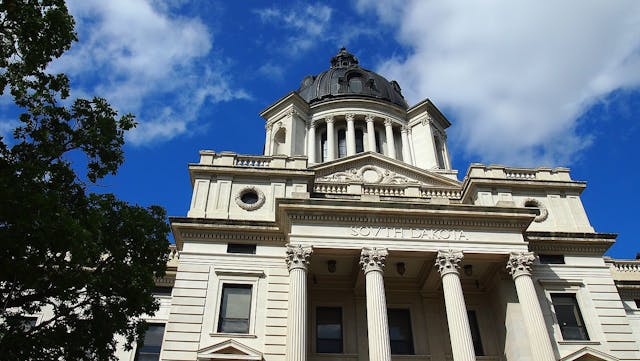Fair Elections, Better Representation: The US Can Learn a Lot from Scottish Elections

On May 4, Scotland held its elections for local councils using a Multi-Winner Ranked Choice Voting System (RVC). Once again, Scottish election results have demonstrated how their system gives voters fair elections, greater choice, and a stronger voice. Local councils are the form of municipal government used in the region.
The distribution of votes between parties was relatively even, with the three largest parties winning just 79% of council seats.
The Scottish National Party remained the most popular party for local governance, receiving the most votes and the most council seats in Scotland.
The Conservative Party made massive gains, pulling ahead of Labour for the first time in recent history.
Labour suffered heavy losses in terms of seats, and no longer controls any councils by a majority. The Liberal Democrats, Scottish Greens, and Independents split the remaining 21% of the seats.
Since 2007, Scotland has used multi-winner districts and ranked choice voting to elect local councilors. This model is the same one proposed by FairVote for US congressional districts in The Fair Representation Act.
One impact of RCV in Scotland is that a range of political parties and perspectives are consistently elected to office. The Scotland election was primarily a contest between the three major parties but Independents, Liberal Democrats, and Scottish Greens all received influential quantities of council seats.
RCV makes third party candidacies viable by eliminating the potential for a spoiler effect. As a result of third party and independent success, no party in Scotland has more than a plurality in any of the regions 32 councils. This is a victory against polarization. By forcing the larger parties to build coalitions to achieve their agendas, independent parties have guaranteed that moderation and compromise will define council governance in Scotland.
The Scottish election was a victory for Fair Representation Voting. Fair Representation requires that a legislature should reflect all of the voters who elect them.
In Scotland, this was demonstrated by the proximity of the percentage of votes acquired by each party to the percentage of seats obtained. In the table below, you can see that the difference between votes and seats in the 2017 election is less than 3% for every party.
For a race with five parties, this is considered a fair and relatively proportional result.
The successes of Scotland’s electoral system is strengthening a range of diverse political voices, mitigating polarization and guaranteeing fair representation. All of which, provides a strong model for the United States to look towards.
In this country, our broken electoral system results in extreme political polarization, and produces unfair unrepresentative results. By implementing RCV, the United States could combat polarization by allowing a range of political voices to be heard, and guarantee fair and proportional results.
Editor's note: This article, written by Jesse Doctor, originally published on FairVote's blog on June 21, 2017, and has been modified slightly for publication on IVN.
Photo Credit: andriano.cz / shutterstock.com



